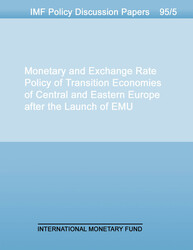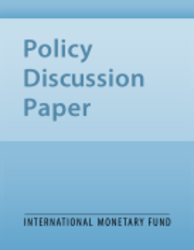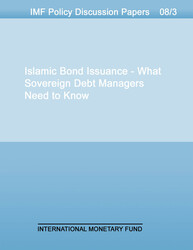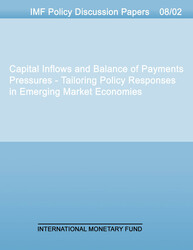
Monetary and Exchange Rate Policy of Transition Economies of Central and Eastern Europe after the Launch of EMU
The more advanced Central and Eastern European Countries (CEECs) face an evolving set of considerations in choosing their exchange rate policies. On the one hand, capital mobility is increasing, and this imposes additional constraints on fixed exchange rate regimes, while trend real appreciation makes the combination of low inflation and exchange rate stability problematic. On the other hand, the objectives of EU and eventual EMU membership make attractive a peg to the euro at some stage in the transition. The paper discusses these conflicting considerations, and considers the feasibility of an alternative monetary framework, inflation targeting.
Publication date: July 1999
ISBN: 9781451972641
$10.00
Add to Cart by clicking price of the language and format you'd like to purchase
Available Languages and Formats
| English |
Topics covered in this book
This title contains information about the following subjects.
Click on a subject if you would like to see other titles with the same subjects.
EMU , exchange rates , exchange rate , international monetary fund , currency board
Summary
Copyright © 2010 - 2024
Powered by:
AIDC



